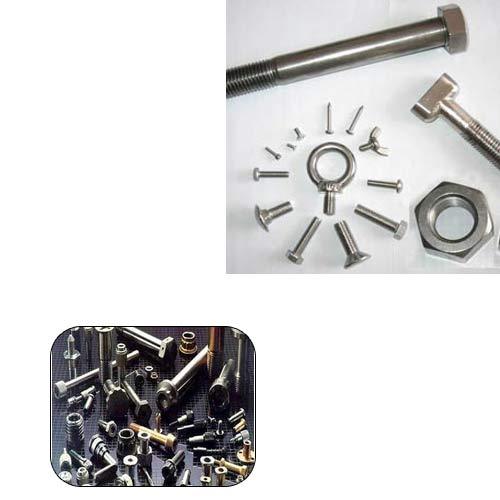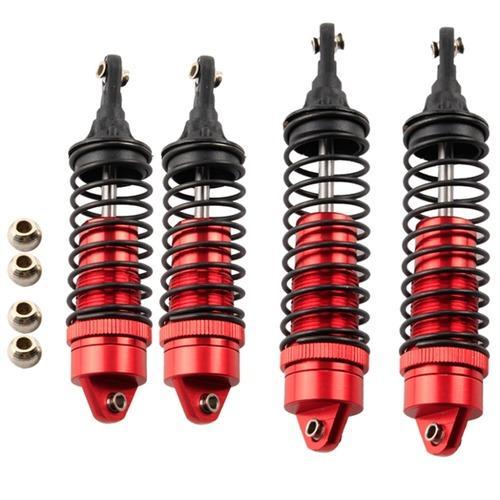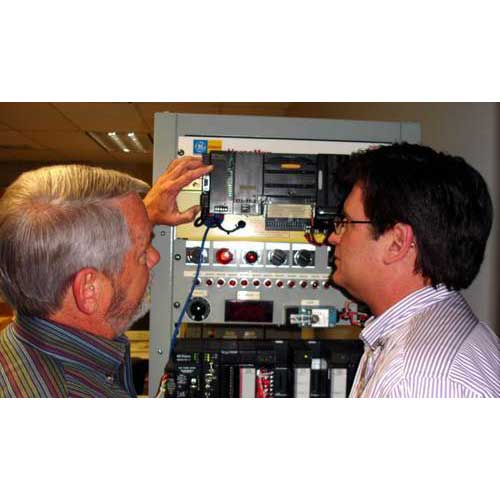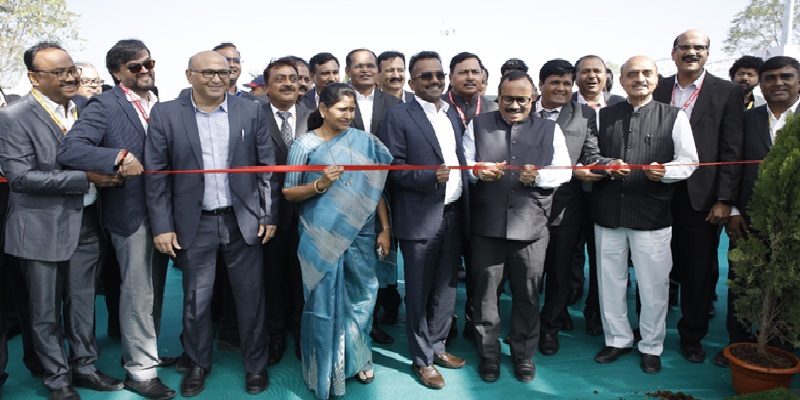Schedule a Call Back
New lighting technologies improve night vision and save lives
 Technical Articles
Technical Articles- Jul 01,18

LED technology has seen significant performance improvements over the past decade, along with significant decreases in unit cost, says Mark Patrik.
The ability to see the road ahead and any obstructions is, obviously, crucial to road safety. This is borne out by the fact that around 10,000 night-time accidents occur within the European Union (EU) each year – double the figure for daytime (when adjusted for the number of road users present at that time). Driving with restricted visibility due to poor lighting reduces the driver’s ability to identify situations and react to them in time to avert an accident. It also impairs driver’s ability to correctly estimate distances, making manoeuvring difficult – and potentially dangerous.
Heading for a bright future
As safety features are important selection criteria for consumers, automotive manufacturers are keen to keep improving safety, including the all-important headlights that provide night vision, to ensure that visibility at night (and in poor weather) is as good as it can be.
One key initiative of many manufacturers is to replace the out-dated halogen and high-intensity discharge (HID) lamps that have been the mainstream for vehicle lighting until now. The obvious choice for a solid-state alternative to current lighting technology is LED. Now extremely popular in a wide variety of applications, LED technology has seen significant performance improvements over the past decade, along with significant decreases in unit cost. LED lighting has been used in automotive applications such as interior lighting and side lights for a while but, due to the advances and improved cost, auto manufacturers are now considering implementing LEDs in brake lights and headlights.
As a result of this extended deployment of LED lighting, a significant increase in demand for LED technology in the automotive sector is expected. Research by analysts at TrendForce estimate a 12.5 per cent growth rate during 2018.
LED technology has a number of benefits in automotive applications, including the ability to operate in high temperatures and switch rapidly. However, probably the most important attributes for automotive are their reliability and long life, as well as their ability to maintain consistent performance over their lifetime. Equally important, especially in the context of EV, is their efficiency. Traditional lighting is notoriously inefficient – this both wastes fuel (or depletes batteries faster) as well as generating significant heat which requires extensive thermal management, adding weight and cost to the vehicle. Modern LED solutions convert more energy to light so they are cheaper to install, add less weight and cost less to operate.
LED lighting technology is also more versatile than traditional automotive lighting. Using a technique known as ‘pixel light’ technology certain areas at the front of the light can be masked out. This avoids dazzling other road users - especially drivers of oncoming vehicles, but also pedestrians and animals - reducing the risk of an accident.
Adaptive lighting technology, when applied to LEDs, is a solid-state approach that allows for the shape of the beam to be altered without any physical movement of the light, or anything being placed in the way of the beam itself. This is very useful to be able to intelligently adapt the lighting ‘on the fly’ to optimise it for the environment the vehicle is travelling through. For example, the beam can be angled up or down if the vehicle is travelling up or down hill, or over bumps. If the vehicle is cornering, then the beam can be angled to point into the corner and not just straight ahead. In all cases, this ensures that the light is where the driver needs it, and it also prevents dazzling of other drivers due to mis-aimed lights.
Adaptive lighting control requires information relating to the turning rate and pitch. Multiple body sensors provide this information via the vehicle’s CAN or Ethernet networking. If speed information is also supplied to the intelligent lighting then the beam range can be extended as speed increases, thereby giving the driver more time to identify (and avoid) hazards in the road ahead.
Lead by example
One example of adaptive front lighting is in the newest Mercedes-Benz E Class cars where a matrix of 84 high performance LEDs is used. Each LED can be individually controlled to deliver precisely defined illumination of the road ahead. A total of four high performance electronic control units (ECUs) mean that the lighting pattern can be updated to suit road conditions and vehicle speed up to 100 times per second.
To address the growing demand for smart automotive lighting, several companies are developing specific devices. One such product is the Oslon Black Flat S series of surface mount LEDs from Osram Opto Semiconductors. These high-performance devices deliver 1650 lumens of light with a 1:65 contrast ratio. The 5 emitter elements can be individually controlled which allows beam shaping as well as blocking of specific areas, making the devices valuable in adaptive lighting systems.
Another device for automotive applications is the Lumileds LFMH/A LUXEON F LEDs. Based on advanced phosphor technology, the white versions are supplemented by phosphor-converted amber versions that are ideal for turn lights, requiring only a clear lens. All devices in the range are compliant with SAE and ECE colour specifications and they are all tested to 85°C for automotive environments.
Each LED delivers 203 lumens of lights, with a viewing angle of 188° and are available in 1 x 2 or 1 x 4 configurations, with the option of spade lugs for easy connectivity. Despite their diminutive 1.9mm x 2.3mm size (which makes them ideal for space constrained automotive applications) the devices exhibit industry-leading levels of thermal resistance. As these LEDs generate less heat, the installation requires less thermal management thereby reducing size and weight and contributing to an efficiency increase within the vehicle. A product part approval process (PPAP) has been completed and supporting documentation is available.
Innovation is not only in the LEDs themselves, but also in the ICs that provide functionality and support. One example is Texas Instruments’ TPS92515-Q1 LED drivers. These devices comprise a low resistance N-channel MOSFET that can accommodate an input voltage of 42V and provide a current drive up to 2A. They are AEC-Q100 compliant for automotive applications.
Another IC solution is the NCV78763 single chip power ballast and dual LED driver IC from ON Semiconductor. Based upon two independent buck switches, the device can drive LEDs at voltages up to 60V with currents up to 1.6A.
Although there has been significant innovation in automotive lighting already, primarily in LED-based solutions, other avenues are being explored. As one example, laser-based lighting from Osram allows the BMW i8 to achieve a 600m illumination range and this technology is now being used in other luxury vehicles.
Summing up
While the technology within the LEDs themselves has moved on significantly and the cost has also reduced, challenges remain to be addressed, mostly with the drive electronics that can be expensive and somewhat bulky.
With the focus on improving lighting in automotive applications, while making them more efficient there is enough focus on these challenges that they will certainly be solved. As a result, it is not a question of if LED lighting will become mainstream in automotive applications, but how quickly it will become the preferred solution.
About the author: Mark Patrick is the Supplier & Technical Marketing Manager EMEA of Mouser Electronics. Mark joined Mouser Electronics in July 2014 having previously held senior marketing roles at RS Components. Prior to RS, Mark spent 8 years at Texas Instruments in Applications Support and Technical Sales roles and holds a first class Honours Degree in Electronic Engineering from Coventry University. For details, contact Helen Chung, Asia PR Specialist of Publitek, on email: helen.chung@publitek.com
Related Stories

How trade wars and geopolitics are reshaping India’s growth story
India’s journey through the turbulence of trade wars and geopolitical conflicts is as much about resilience as it is about ambition. Rahul Bhandurge, Director - Sales & Business Development, BDB I..
Read more
India to become landfill for Chinese products amid US Beijing tariff war; GTRI
These tariffs include a 100% duty on electric vehicles, a 50% duty on semiconductors, and a 25% duty each on electric vehicle batteries originating from China.
Read more
Global semiconductors battle deepens between EU & US; $81 billion subsidy surge
The surge in semiconductor spending stems from mounting concerns over China's rapid technological advancements, particularly in key electronic sectors.
Read moreRelated Products

Fasteners for Automobiles
Bagadia Industrial Fasteners offers a wide range of fasteners for automobiles.

Automotive Shock Absorbers - Auto Parts
TMA International Private Ltd. has export comprehensive range of shock absorbers.

Factory Automation Service
Frontline Technologies offered factory automation services.















